Home>Gardening & Outdoor>Landscaping Ideas>How To Dry Wet Grass Fast
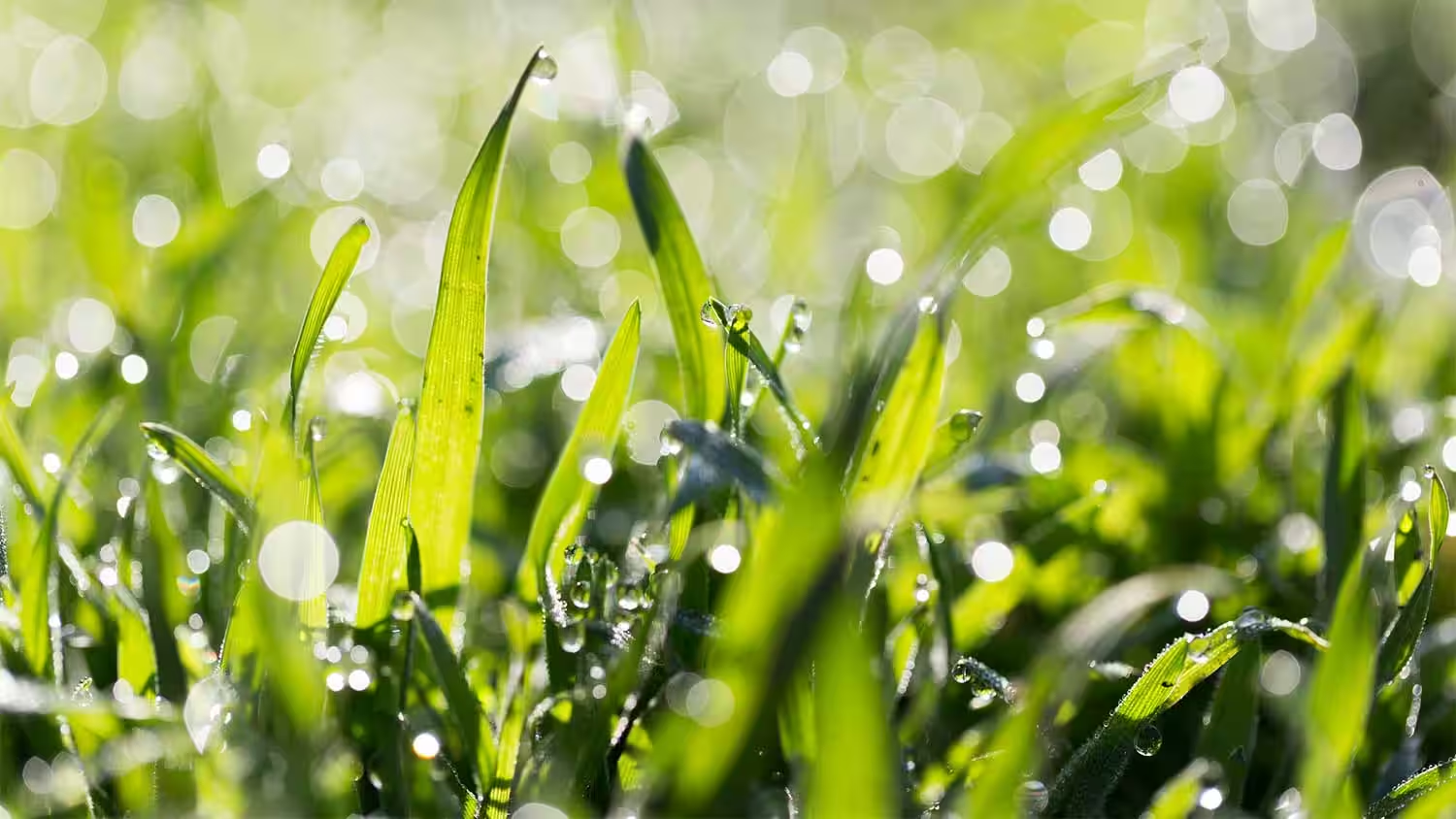

Landscaping Ideas
How To Dry Wet Grass Fast
Modified: February 18, 2024
Learn effective landscaping ideas to quickly dry wet grass. Discover expert tips for fast and efficient grass drying techniques. Ideal for your lawn maintenance needs.
(Many of the links in this article redirect to a specific reviewed product. Your purchase of these products through affiliate links helps to generate commission for Storables.com, at no extra cost. Learn more)
Introduction
Welcome to the ultimate guide on how to dry wet grass fast! Dealing with a soggy lawn can be a daunting task, but fear not, as we're here to equip you with the knowledge and techniques to effectively dry your grass and restore its lush green beauty. Whether your lawn has been drenched by heavy rain or dew, or perhaps an overzealous sprinkler system, we understand the frustration of having to navigate through a waterlogged yard.
In this comprehensive guide, we'll delve into the importance of promptly drying wet grass, the essential tools and equipment you'll need, as well as the step-by-step process to expedite the drying time. Additionally, we'll share some invaluable tips and tricks to ensure that your grass dries quickly and efficiently, allowing you to reclaim your outdoor space in no time.
So, grab your gardening gear and get ready to bid farewell to the woes of soggy grass. Let's embark on this journey to transform your waterlogged lawn into a rejuvenated oasis of greenery!
Key Takeaways:
- Don’t let wet grass linger! It invites mold, weakens roots, and blocks nutrients. Act fast with raking, sunlight, and absorbent materials to keep your lawn healthy and beautiful.
- Equip yourself with a rake, leaf blower, and sunlight to dry wet grass efficiently. Adjust mowing practices, address drainage issues, and monitor soil moisture for a resilient, vibrant lawn.
Read more: How To Dry Wet Carpet
Understanding the Importance of Drying Wet Grass
Before we delve into the methods of drying wet grass, it’s crucial to understand why this process is essential for the health and aesthetics of your lawn. When grass remains wet for prolonged periods, it can lead to a myriad of issues that may compromise the overall well-being of your lawn.
First and foremost, prolonged moisture on the grass creates an ideal environment for the growth of fungi, such as mold and mildew. These unwelcome intruders not only detract from the visual appeal of your lawn but can also pose potential health risks to both humans and pets. Additionally, the presence of fungi can impede the grass’s ability to thrive, leading to discoloration, patchiness, and even bald spots.
Moreover, wet grass is more susceptible to damage from foot traffic and lawn maintenance activities. The excessive moisture weakens the grass roots, making them more prone to being uprooted or compacted when walked upon or mowed. This can result in unsightly imprints and uneven patches throughout the lawn, detracting from its overall beauty.
Furthermore, allowing grass to remain wet for extended periods can hinder its ability to receive essential nutrients and oxygen. The waterlogged soil restricts the flow of air to the grassroots, impeding their respiration and nutrient absorption processes. As a result, the grass may exhibit signs of distress, such as yellowing, stunted growth, and an overall lackluster appearance.
By grasping the detrimental effects of leaving grass wet, you’ll appreciate the significance of promptly drying your lawn after periods of excessive moisture. Not only does this preserve the visual appeal of your outdoor space, but it also fosters a healthier environment for your grass to flourish.
Tools and Equipment Needed for Drying Wet Grass
Preparing to dry wet grass effectively involves assembling the appropriate tools and equipment to expedite the process. Here’s a rundown of the essential items you’ll need:
- Rake: A sturdy garden rake is indispensable for aerating the wet grass and facilitating air circulation. Opt for a rake with flexible tines to gently lift and separate the waterlogged blades without causing damage to the turf.
- Leaf Blower: A high-powered leaf blower can be incredibly efficient for dispersing surface moisture from the grass. Look for a model with adjustable settings to control the airflow intensity, enabling you to dry the grass without causing damage.
- Sunlight: While not a traditional tool, harnessing the power of sunlight is a natural and effective way to dry wet grass. Ensure that the affected area receives ample sunlight to expedite the evaporation process.
- Absorbent Materials: Utilize absorbent materials such as clean towels or rags to gently blot excess moisture from the grass, especially in areas where water accumulates.
- Lawn Aerator: If dealing with persistent waterlogging, a lawn aerator can aid in alleviating soil compaction and improving drainage, preventing future instances of water retention.
- Pruning Shears: Trimming overgrown grass in waterlogged areas can enhance airflow and aid in the drying process. A pair of sharp pruning shears is ideal for this task.
By having these tools and equipment at your disposal, you’ll be well-equipped to tackle the challenge of drying wet grass efficiently and restoring the health and vibrancy of your lawn.
To dry wet grass fast, use a leaf blower or a fan to increase air circulation and speed up evaporation. Avoid walking on the wet grass to prevent compaction.
Steps to Dry Wet Grass Quickly
Now that you’re armed with the necessary tools, it’s time to embark on the process of drying wet grass with precision and efficiency. Follow these steps to expedite the drying time and rejuvenate your waterlogged lawn:
- Rake the Grass: Begin by gently raking the wet grass to lift and separate the sodden blades. This process facilitates air circulation and helps disperse surface moisture, expediting the evaporation process.
- Utilize a Leaf Blower: Employ a leaf blower on a low setting to gently blow away excess water from the grass. Maintain a reasonable distance to avoid damaging the turf, and ensure consistent and thorough coverage of the affected areas.
- Maximize Sun Exposure: Position the affected area to receive ample sunlight. Sunlight is a natural and potent ally in drying wet grass, so optimizing sun exposure accelerates the evaporation of moisture from the turf.
- Blot Excess Moisture: In areas where water accumulates, use absorbent materials such as clean towels or rags to gently blot and absorb excess moisture from the grass, aiding in the drying process.
- Aerate the Lawn: If waterlogging is a recurrent issue, consider using a lawn aerator to alleviate soil compaction and enhance drainage. This can prevent future instances of water retention, promoting a healthier lawn environment.
- Trim Overgrown Grass: Trim any overgrown grass in waterlogged areas using pruning shears. This not only enhances airflow but also contributes to the overall drying process.
- Monitor and Repeat if Necessary: Keep a close eye on the drying progress and repeat the aforementioned steps as needed. Patience and consistency are key to achieving optimal results.
By following these steps diligently, you’ll effectively expedite the drying time of your wet grass, paving the way for a rejuvenated and vibrant lawn that you can once again enjoy.
Tips and Tricks for Effective Grass Drying
Enhance your grass drying endeavors with these invaluable tips and tricks, designed to optimize the drying process and promote the health and resilience of your lawn:
- Early Intervention: Act swiftly to address wet grass, as prompt drying can mitigate potential damage and minimize the risk of fungal growth.
- Strategic Timing: When possible, plan grass watering schedules to align with periods of optimal sunlight and lower humidity, facilitating quicker evaporation.
- Adjust Mowing Practices: Raise your mower’s cutting height during wet periods to avoid stressing the grass and allow for improved airflow, aiding in the drying process.
- Address Drainage Issues: Identify and rectify any drainage problems in your lawn to prevent recurring waterlogging, ensuring a drier and healthier turf.
- Utilize Fans: In enclosed or shaded areas, deploy electric fans to enhance air circulation and expedite the drying process.
- Apply Sand or Loam: In areas prone to persistent water retention, lightly incorporate sand or loam into the soil to improve drainage and reduce water accumulation.
- Refrain from Heavy Traffic: Encourage minimal foot traffic and avoid lawn maintenance activities on wet grass to prevent compaction and damage to the turf.
- Monitor Soil Moisture: Regularly assess soil moisture levels and adjust watering practices to maintain an optimal balance, preventing excessive water accumulation.
- Consider Professional Assistance: For persistent or severe waterlogging issues, consult with a landscaping professional to assess and address underlying causes and implement effective solutions.
By incorporating these tips and tricks into your grass drying regimen, you’ll elevate the efficiency and success of the drying process, ensuring that your lawn remains resilient, vibrant, and free from the perils of waterlogging.
Read more: How To Dry A Wet Crawl Space
Conclusion
Congratulations on completing this comprehensive guide on drying wet grass! By understanding the importance of promptly addressing waterlogged turf and equipping yourself with the essential tools and techniques, you’ve empowered yourself to effectively restore the health and beauty of your lawn.
Remember, the key to successful grass drying lies in early intervention, strategic utilization of sunlight and airflow, and proactive measures to prevent waterlogging. By implementing the steps outlined in this guide and integrating the tips and tricks provided, you’ll be well-prepared to combat the challenges of wet grass and nurture a resilient and flourishing lawn.
As you embark on your grass drying journey, embrace the opportunity to connect with nature and witness the transformative power of attentive lawn care. The rejuvenation of your outdoor oasis is not only a testament to your dedication but also a source of pride and joy as you revel in the lush expanse of your revitalized lawn.
With your newfound knowledge and a touch of perseverance, you’re poised to conquer the trials of wet grass and emerge victorious, basking in the glory of a vibrant and thriving lawn. So, go forth, apply these insights, and watch as your waterlogged woes dissipate, making way for a verdant and inviting landscape that beckons you to savor the beauty of the great outdoors.
Here’s to your successful grass drying endeavors and the enduring allure of your revitalized lawn!
Frequently Asked Questions about How To Dry Wet Grass Fast
Was this page helpful?
At Storables.com, we guarantee accurate and reliable information. Our content, validated by Expert Board Contributors, is crafted following stringent Editorial Policies. We're committed to providing you with well-researched, expert-backed insights for all your informational needs.
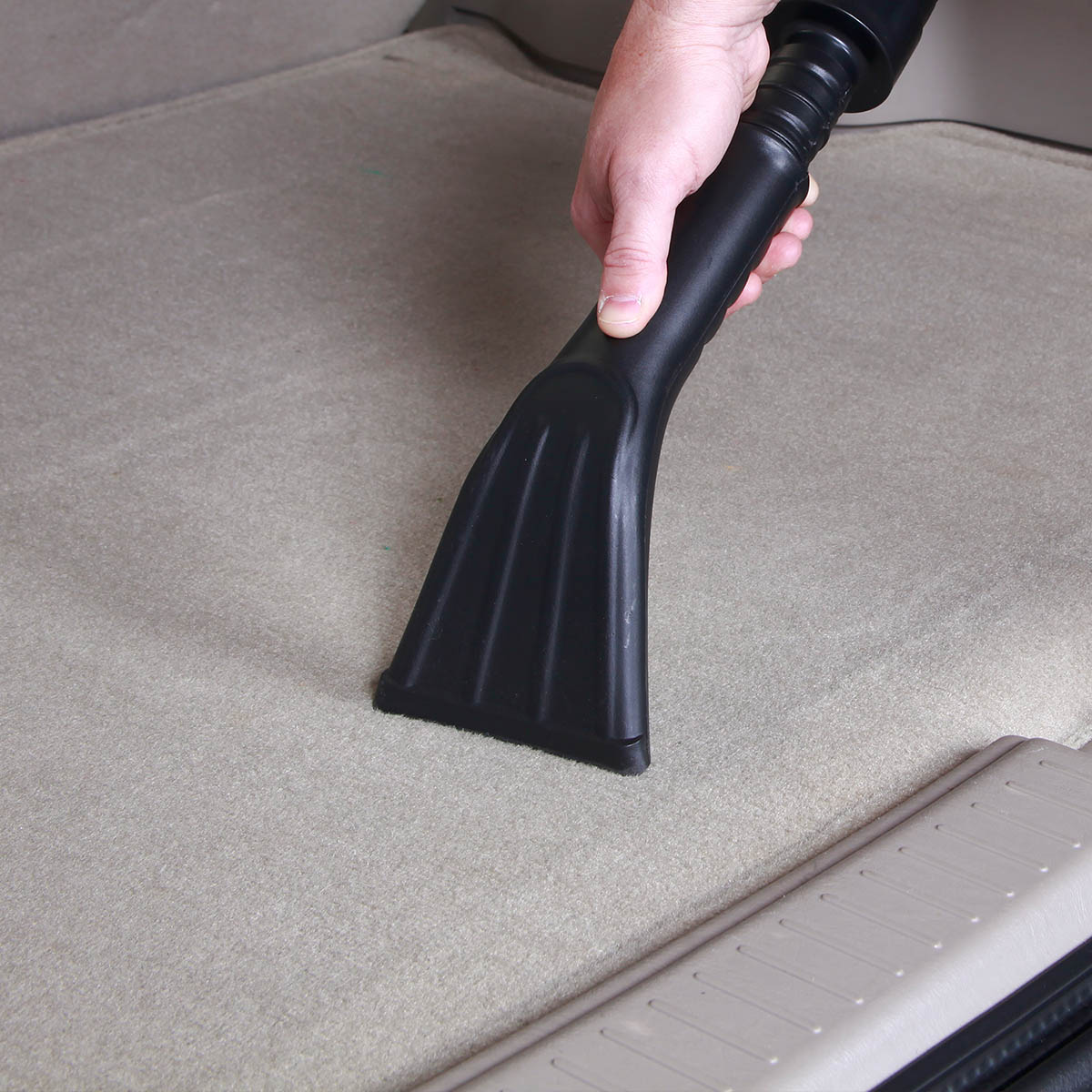


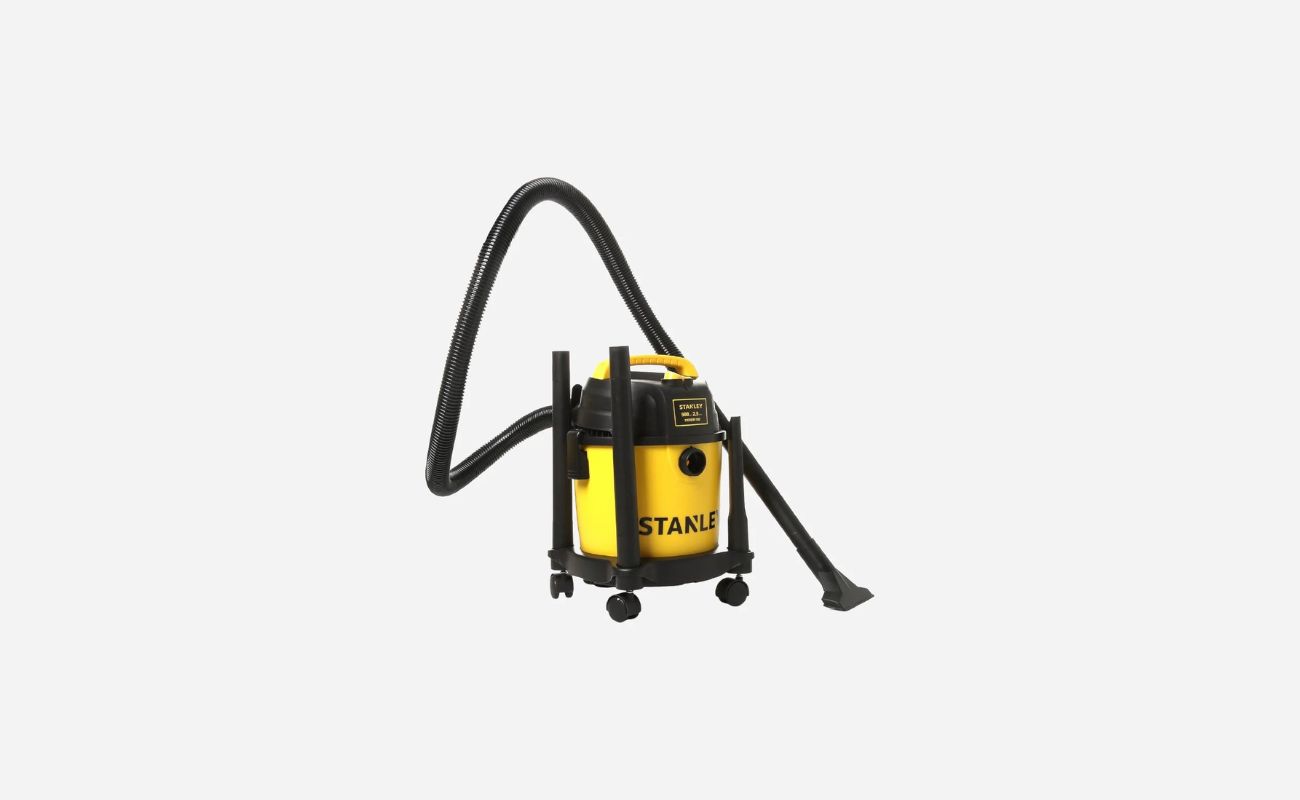
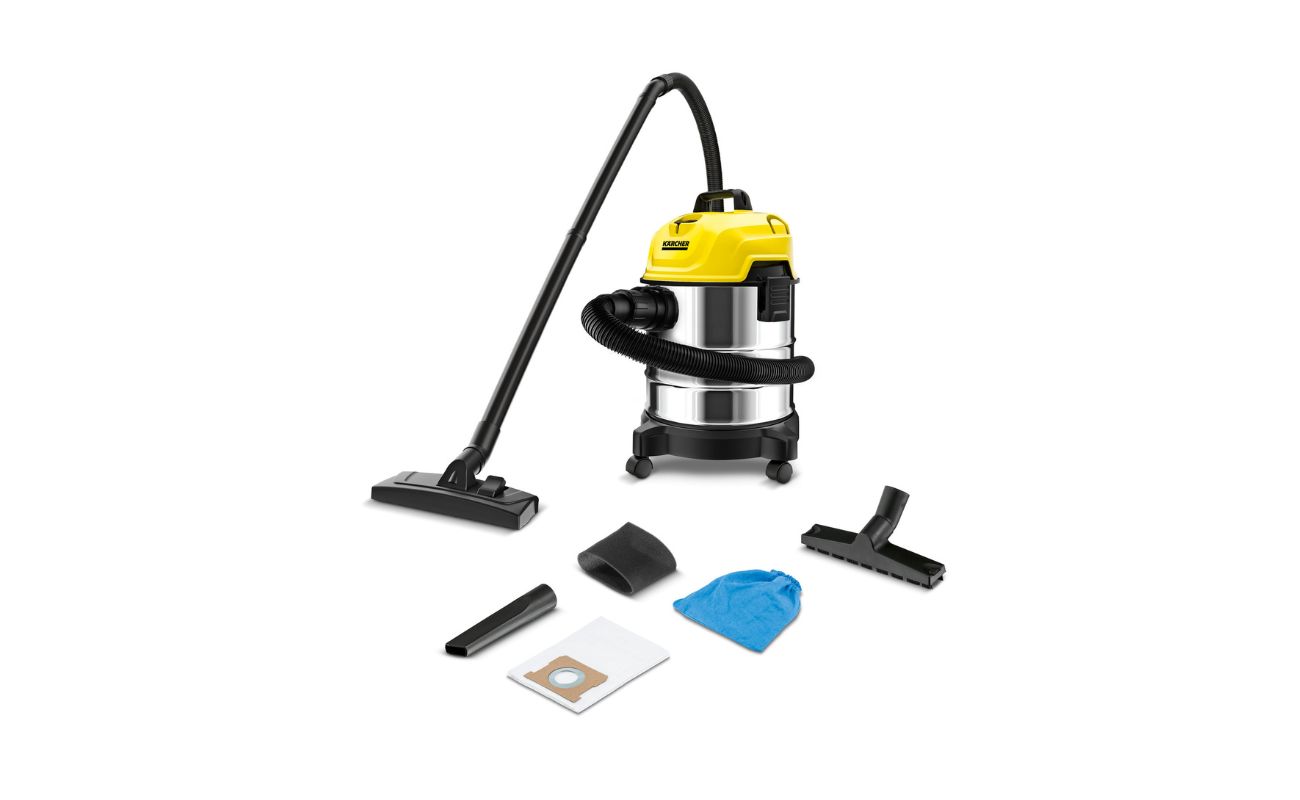
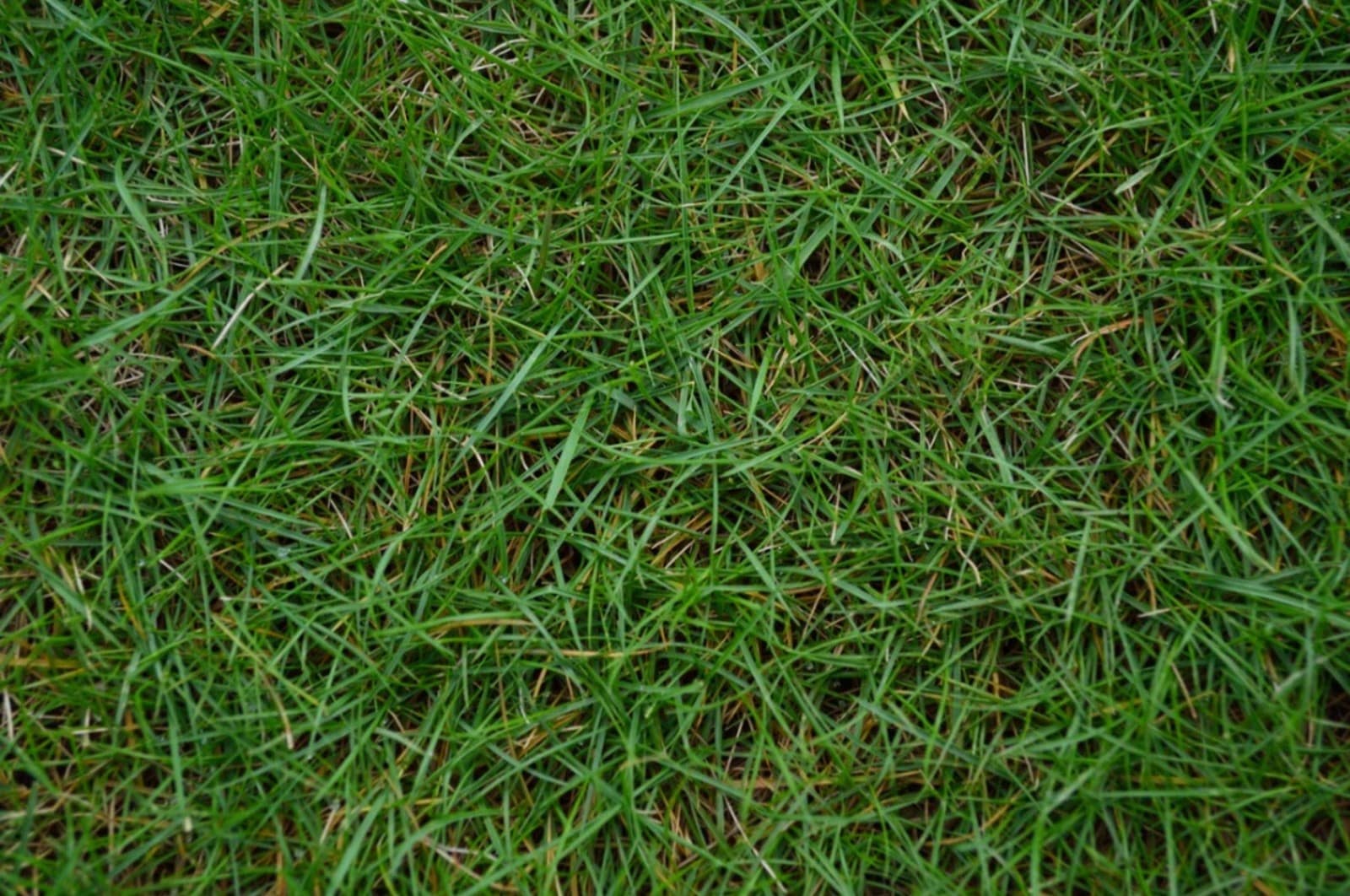
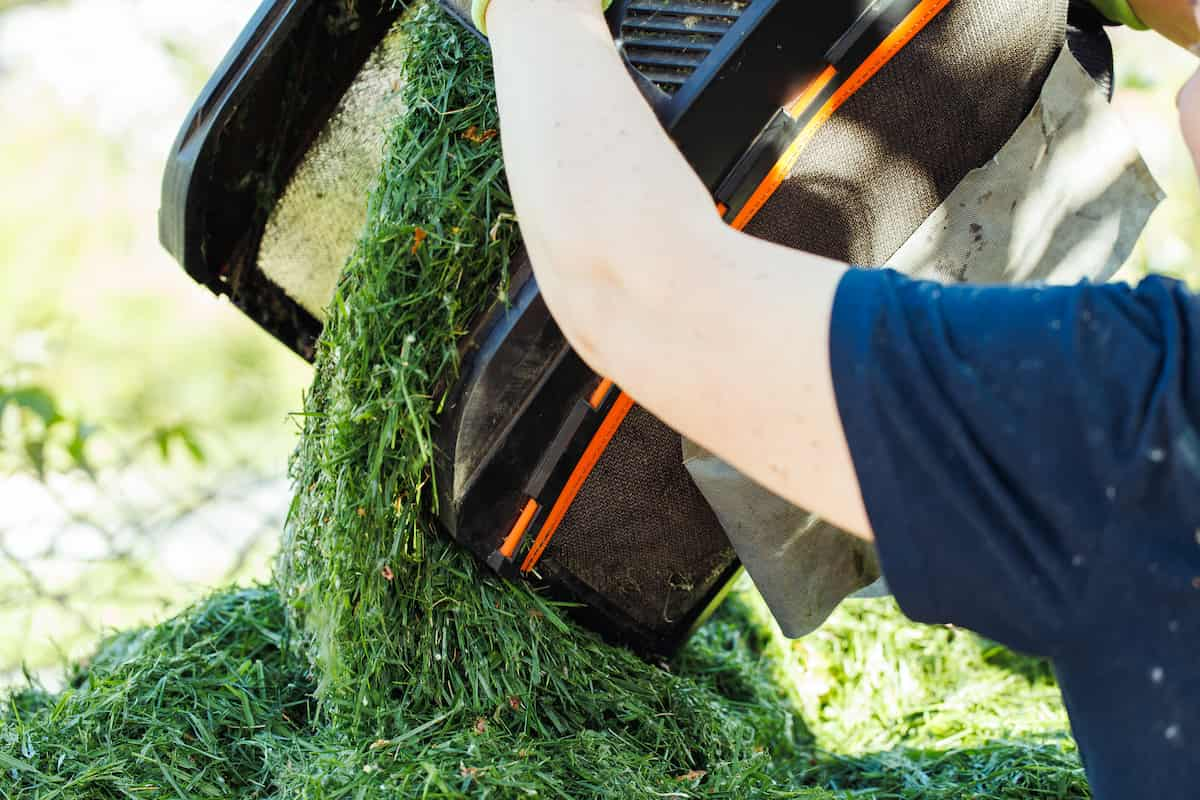
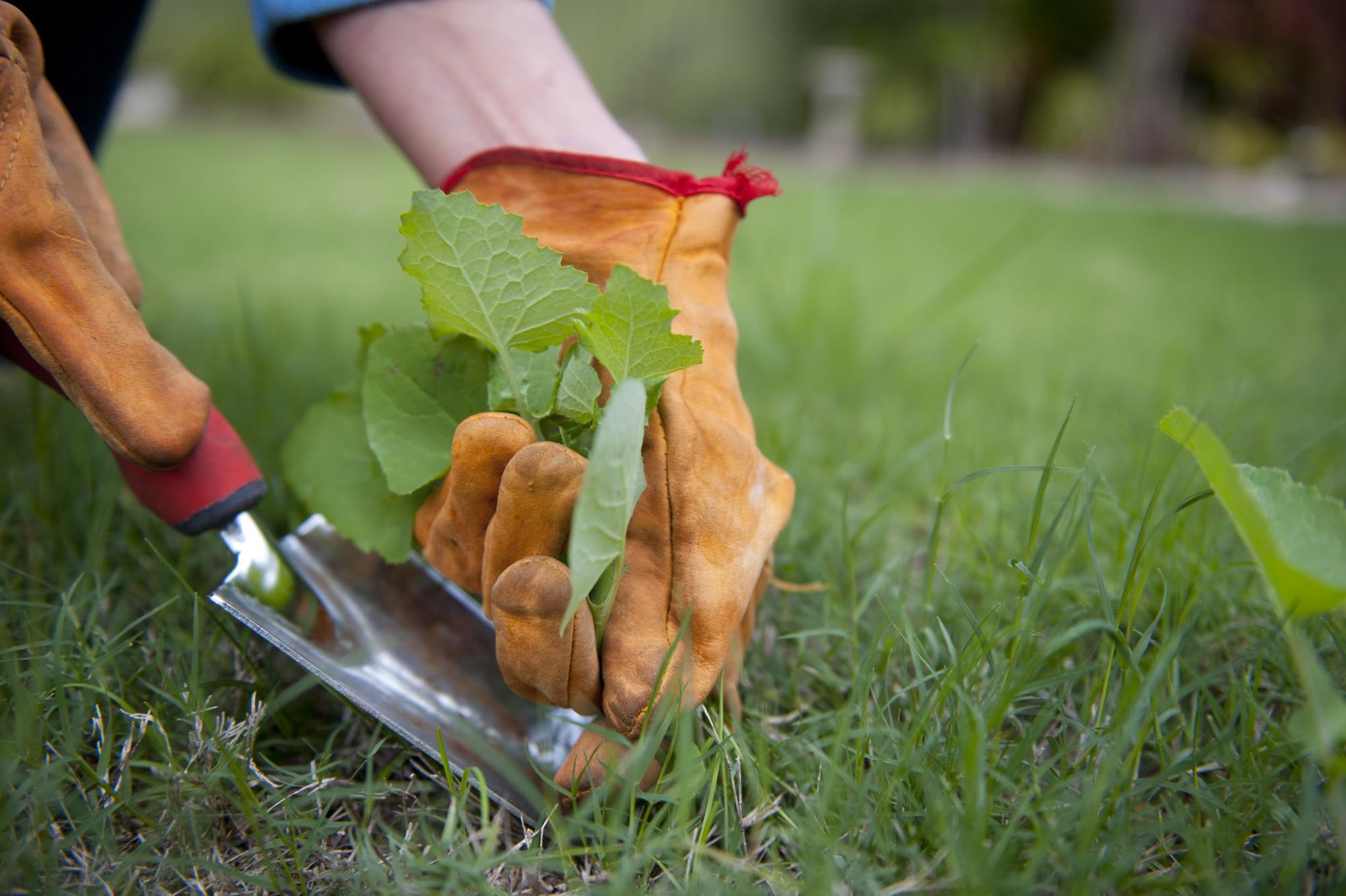
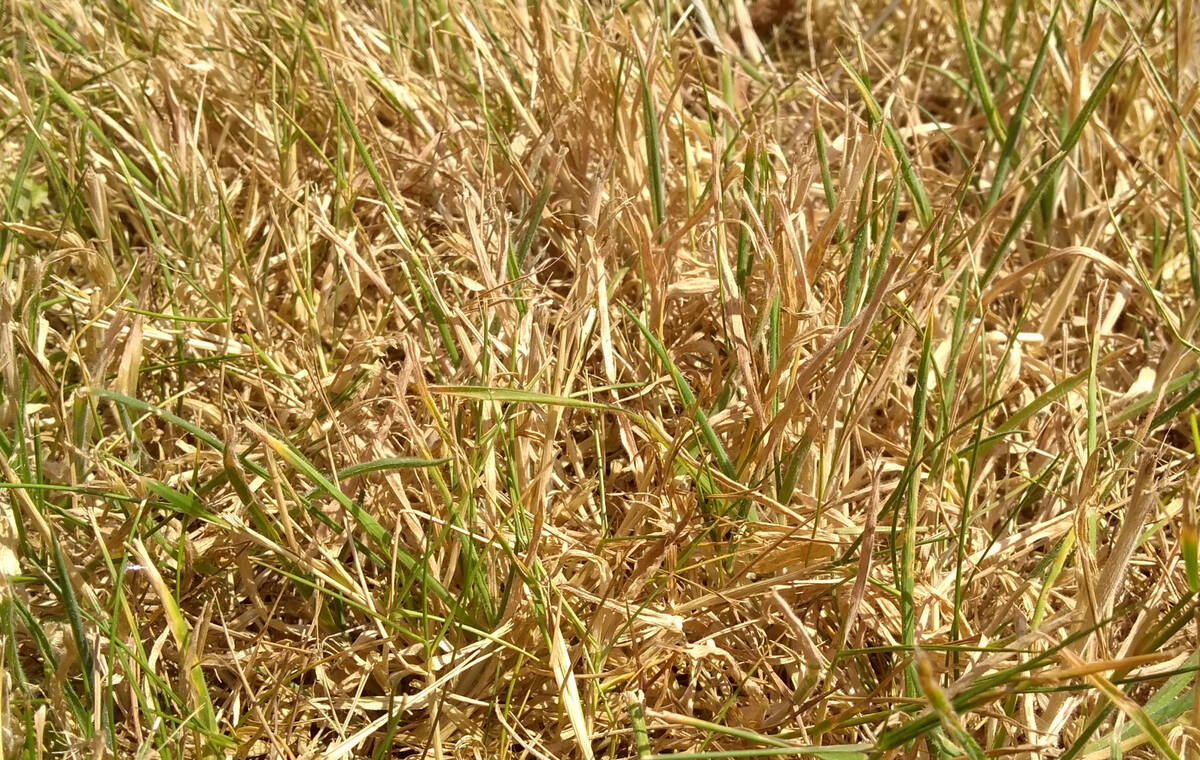

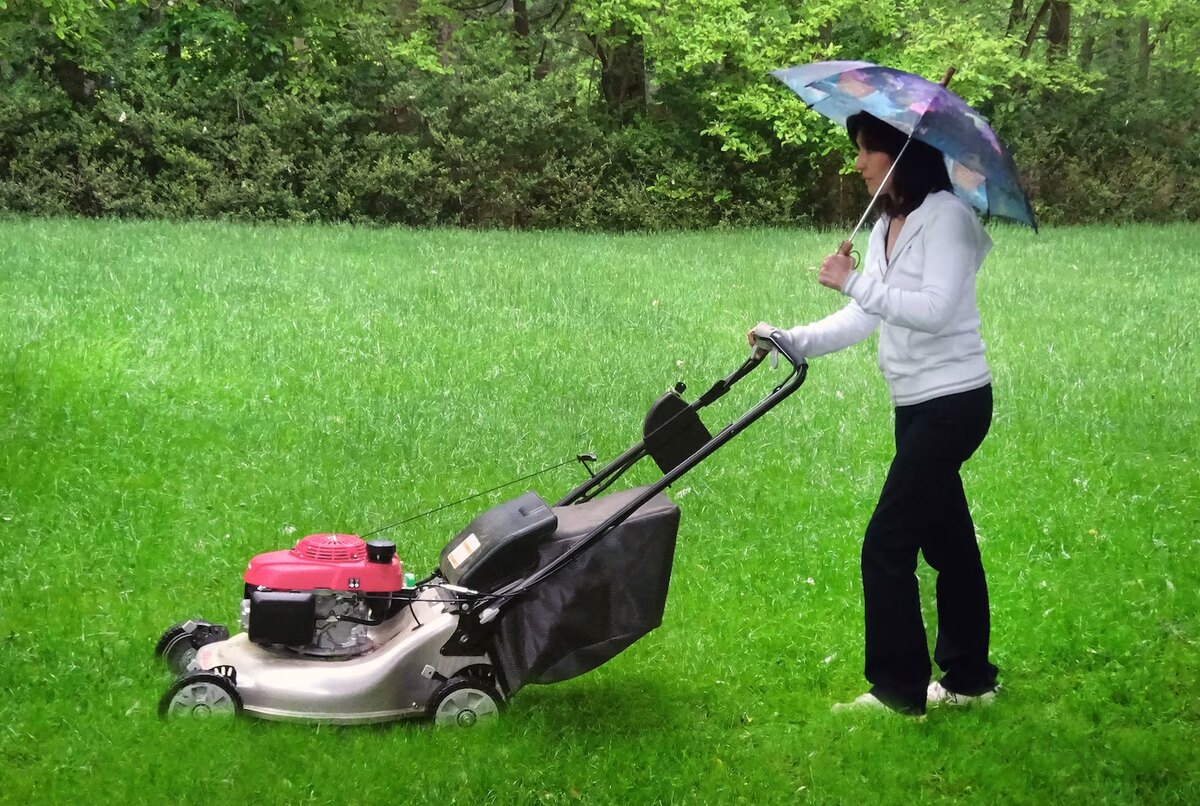
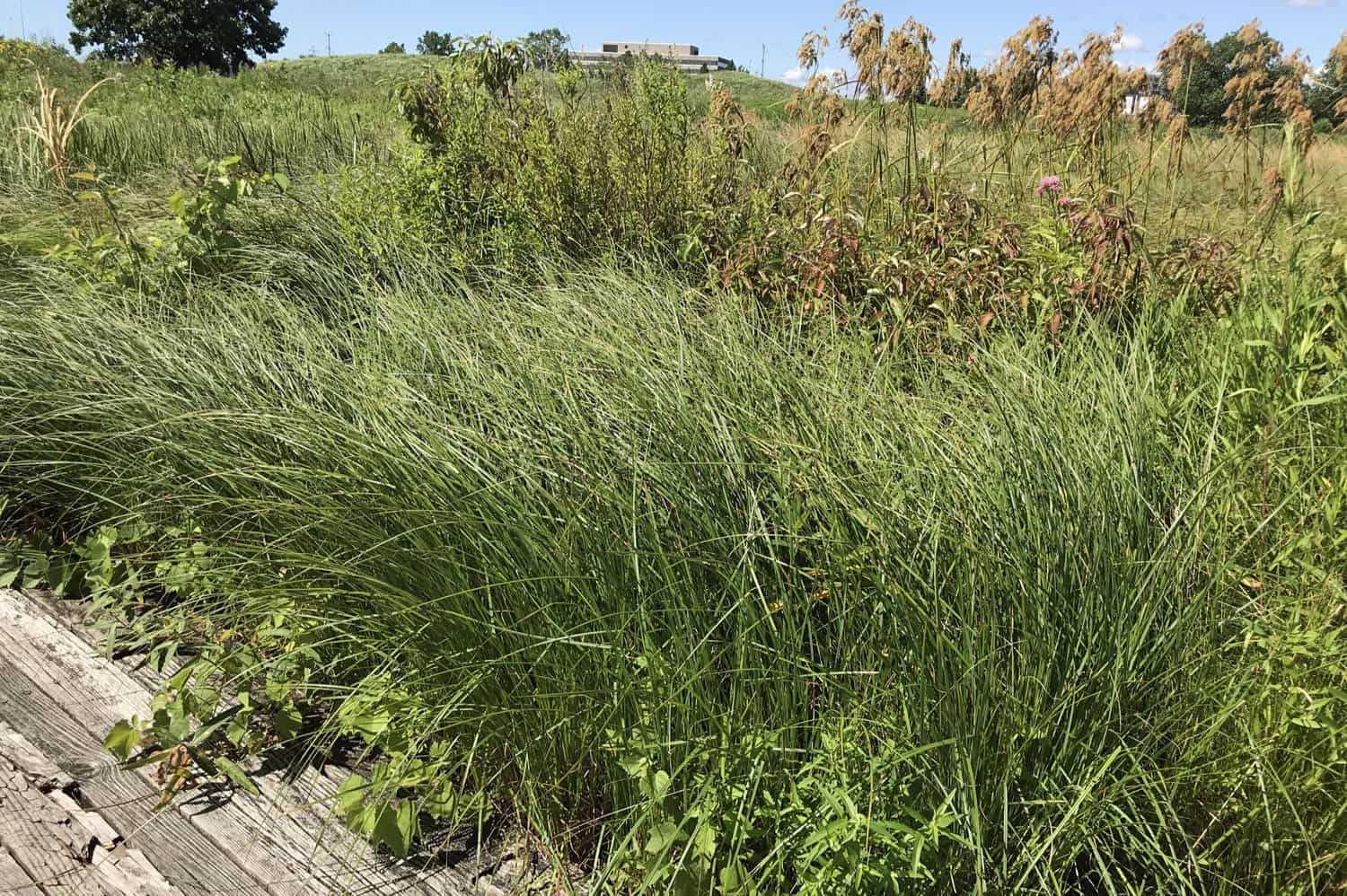

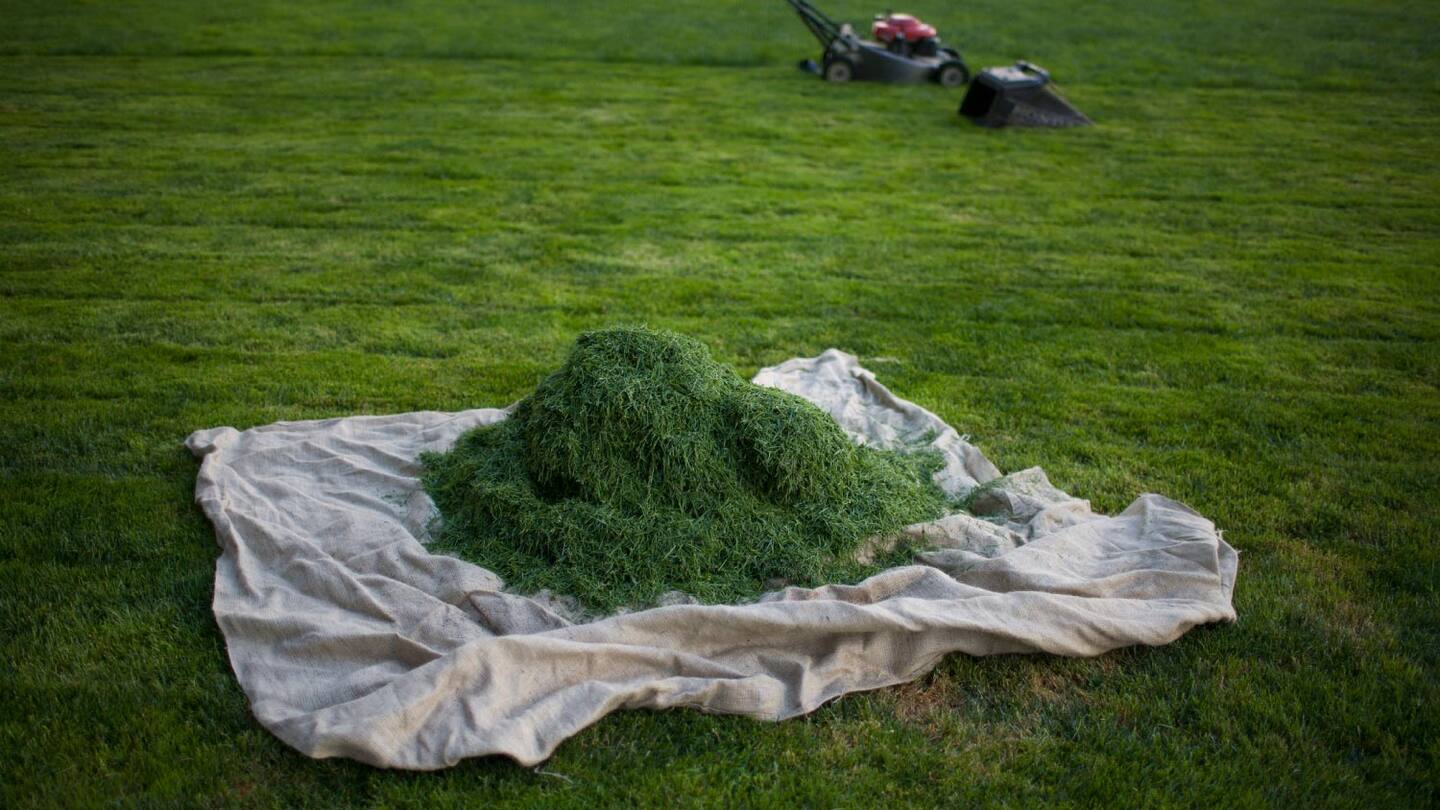

0 thoughts on “How To Dry Wet Grass Fast”